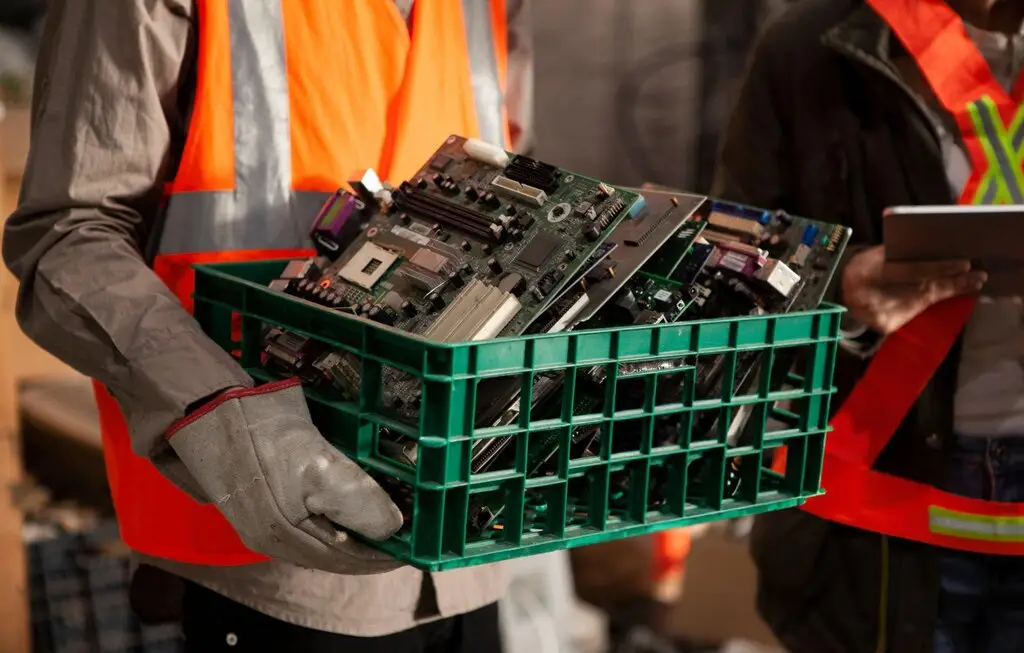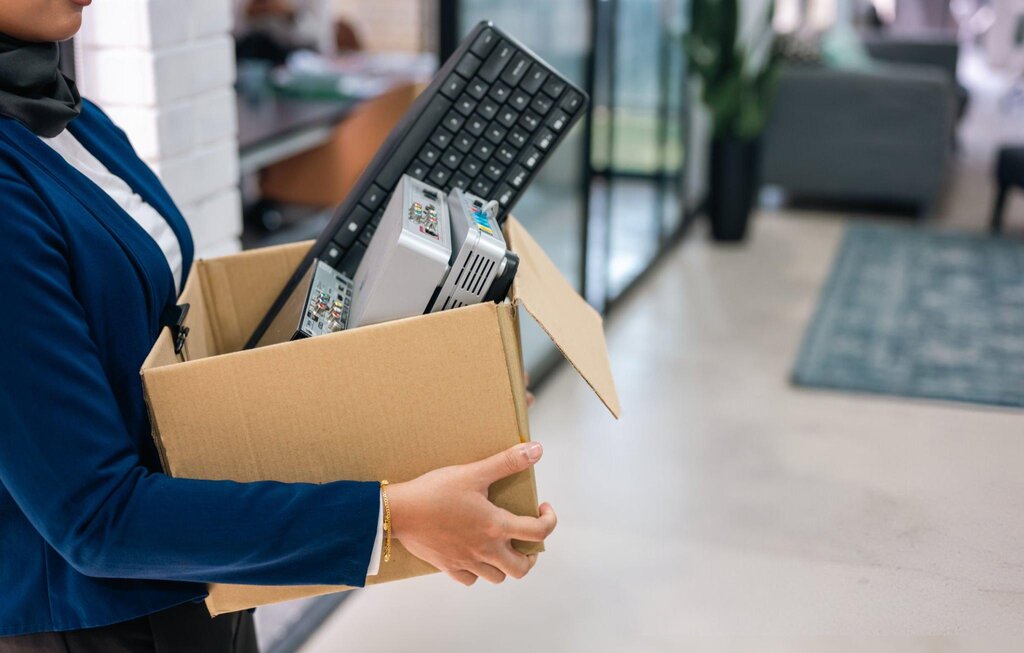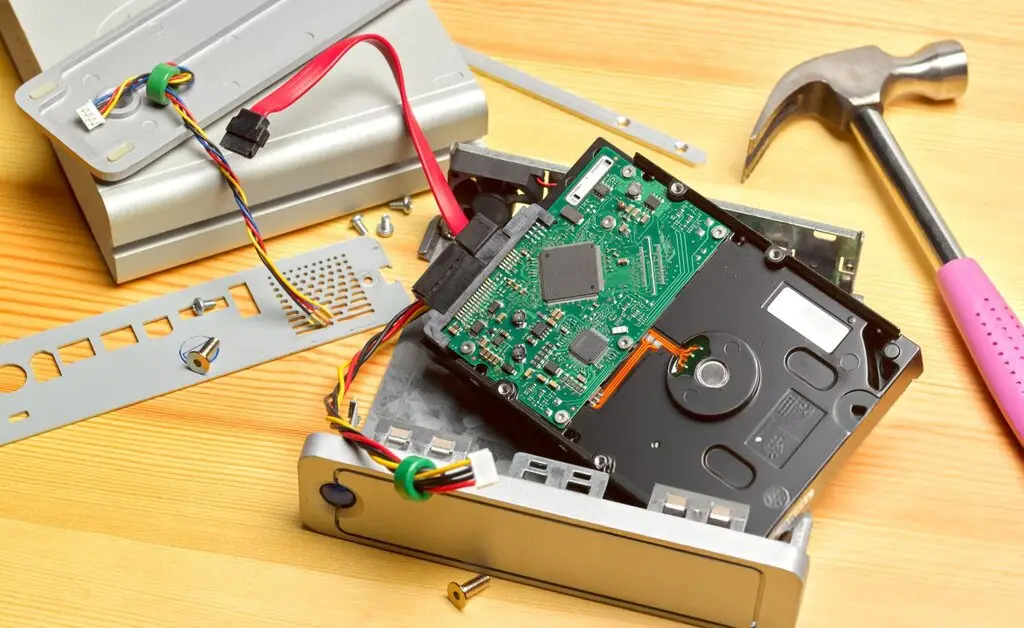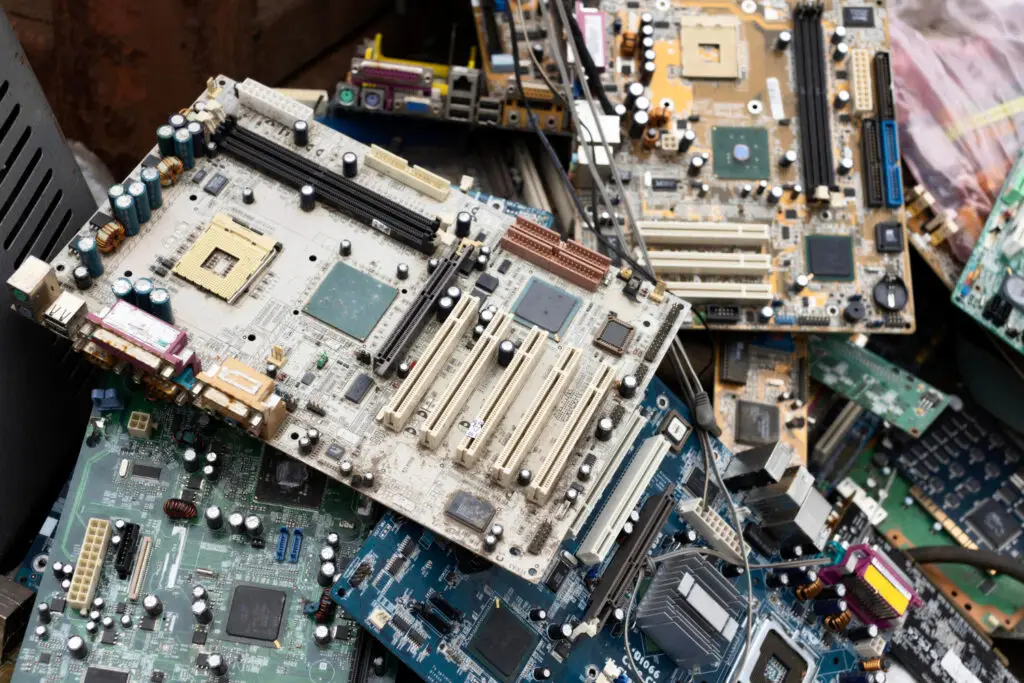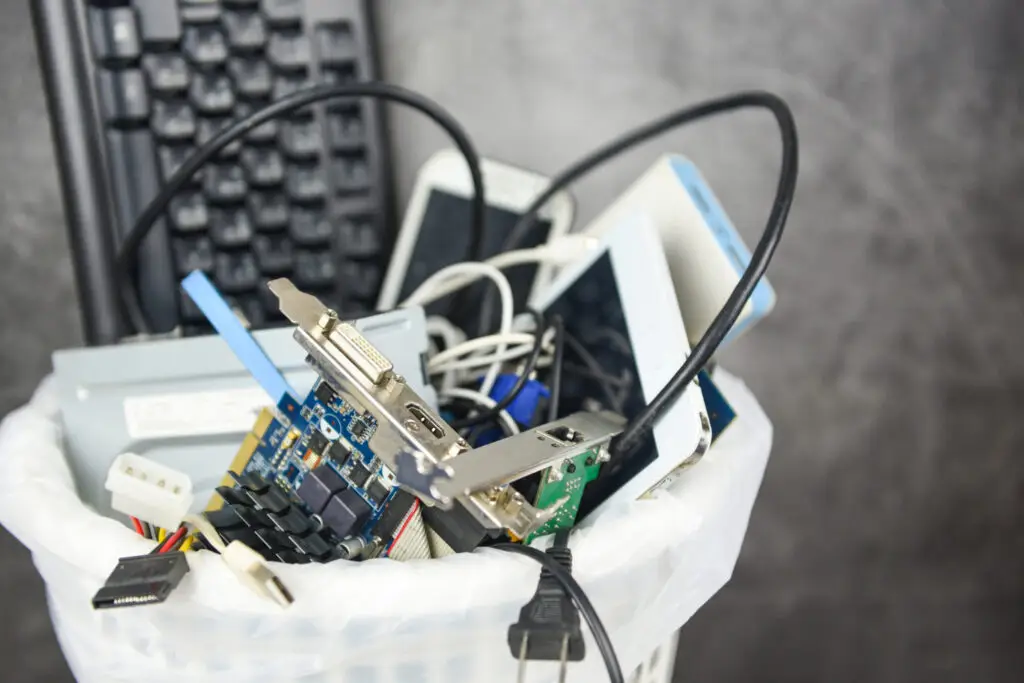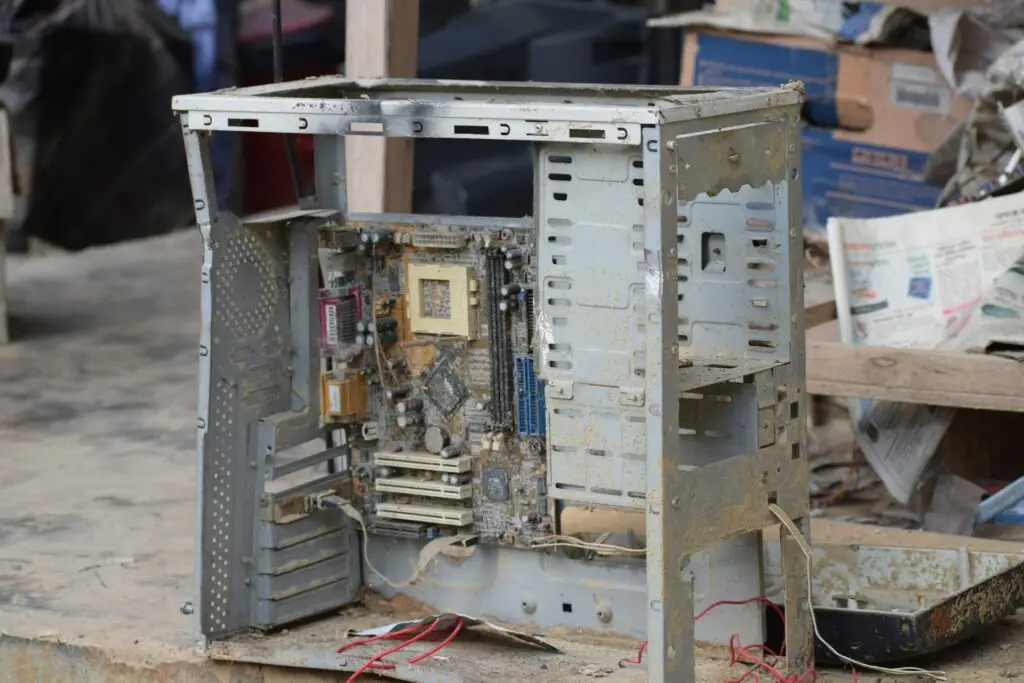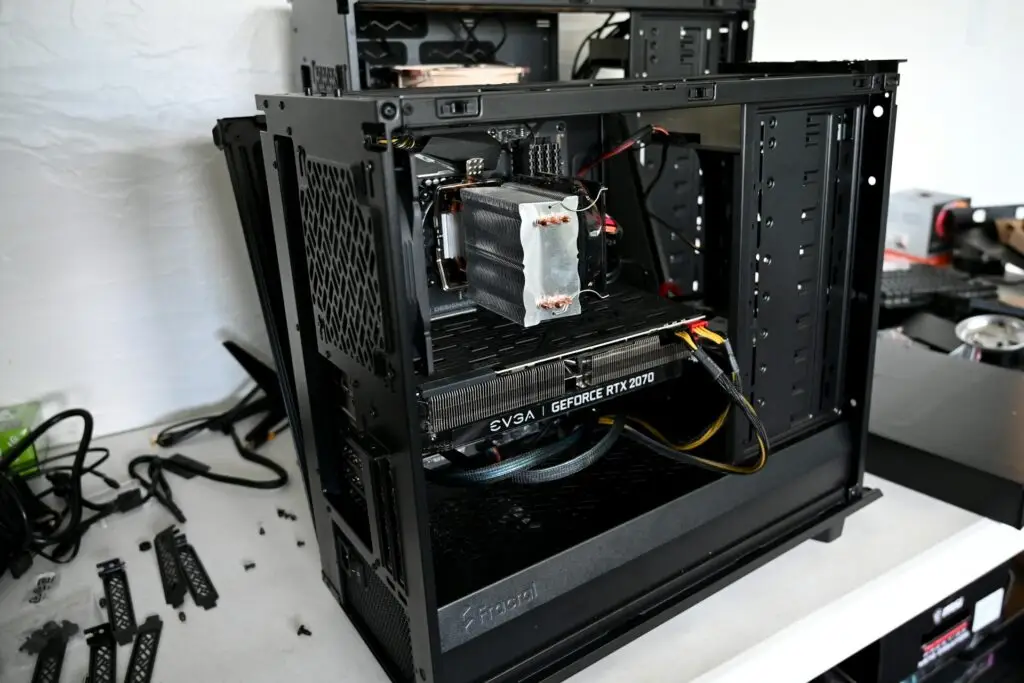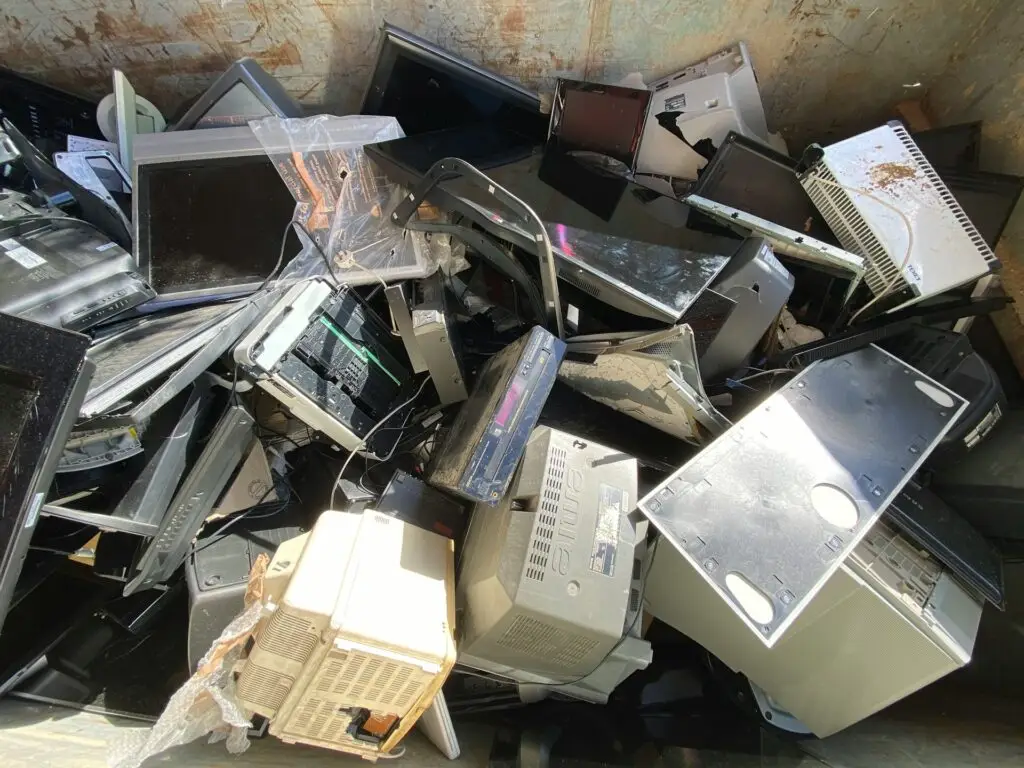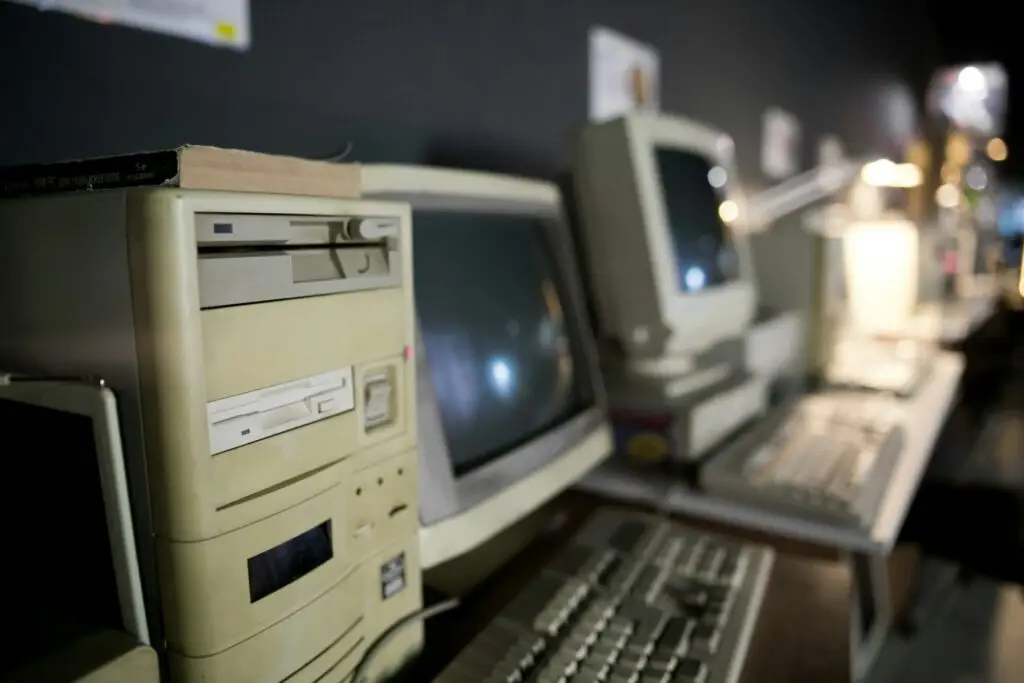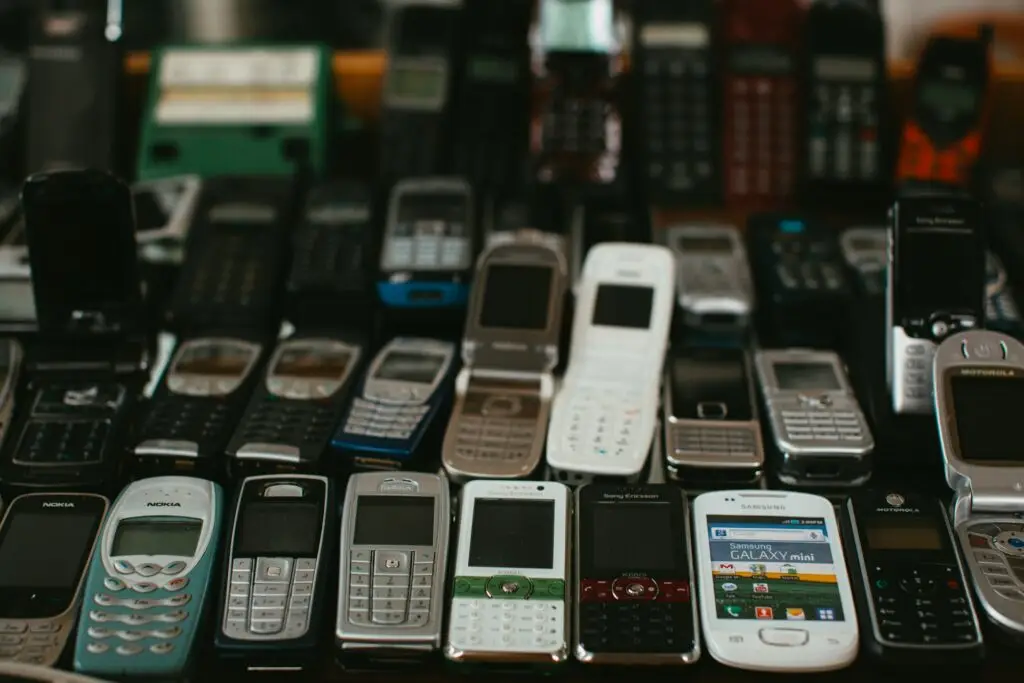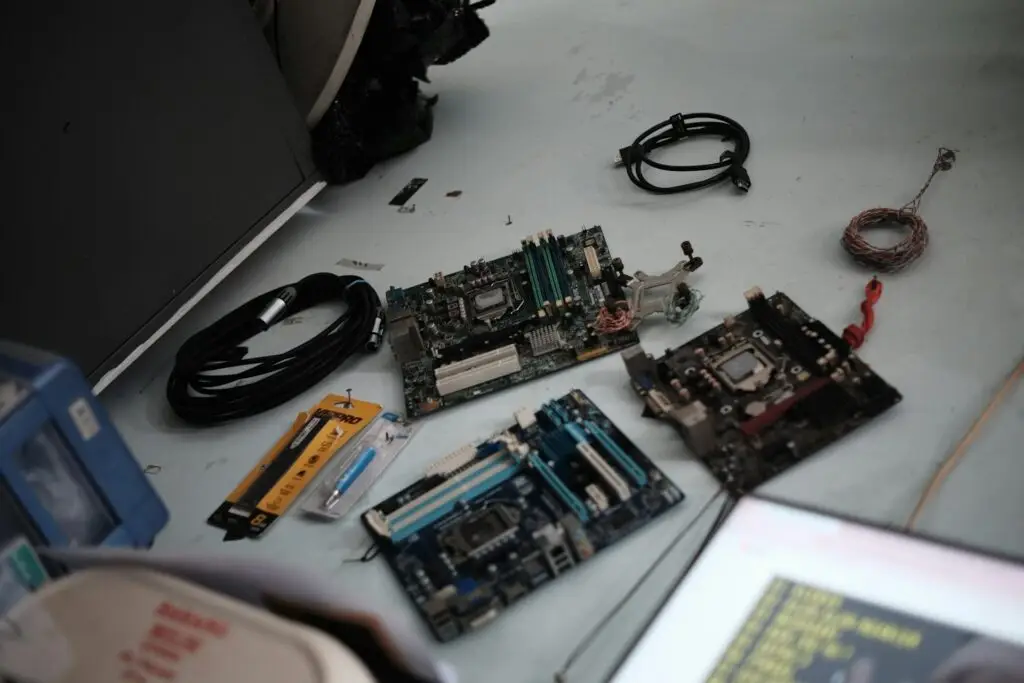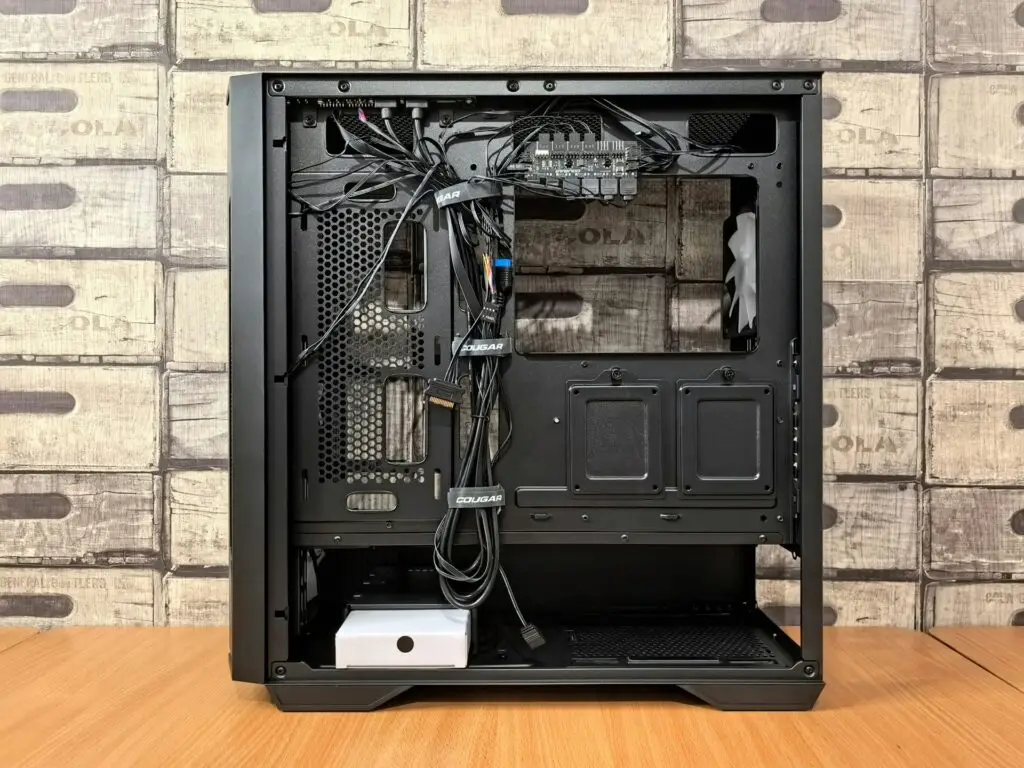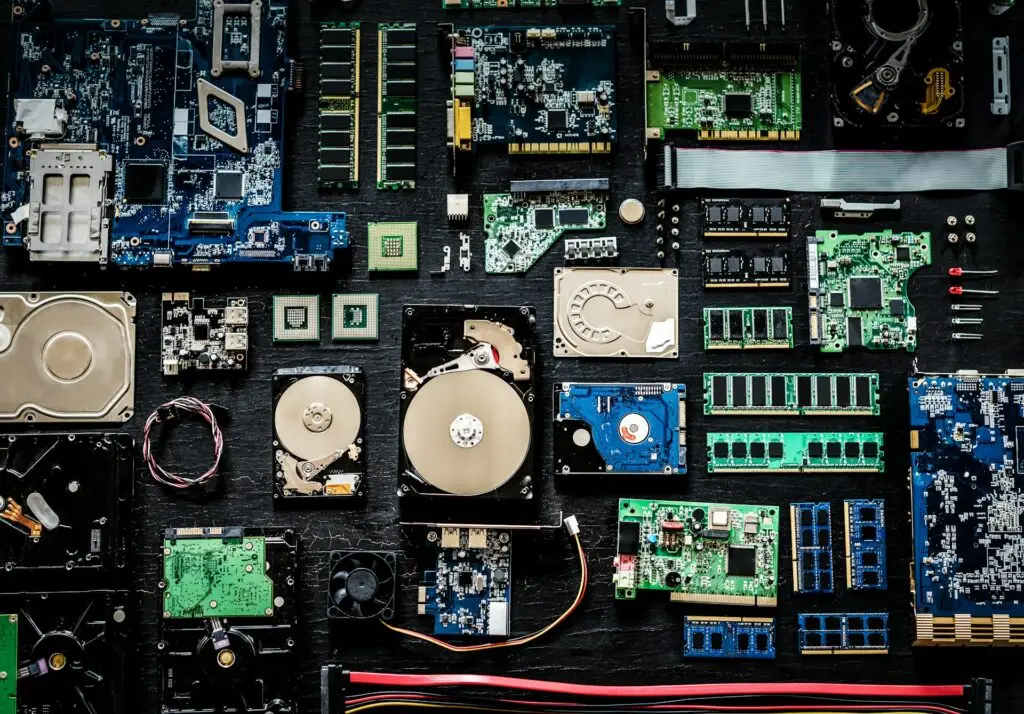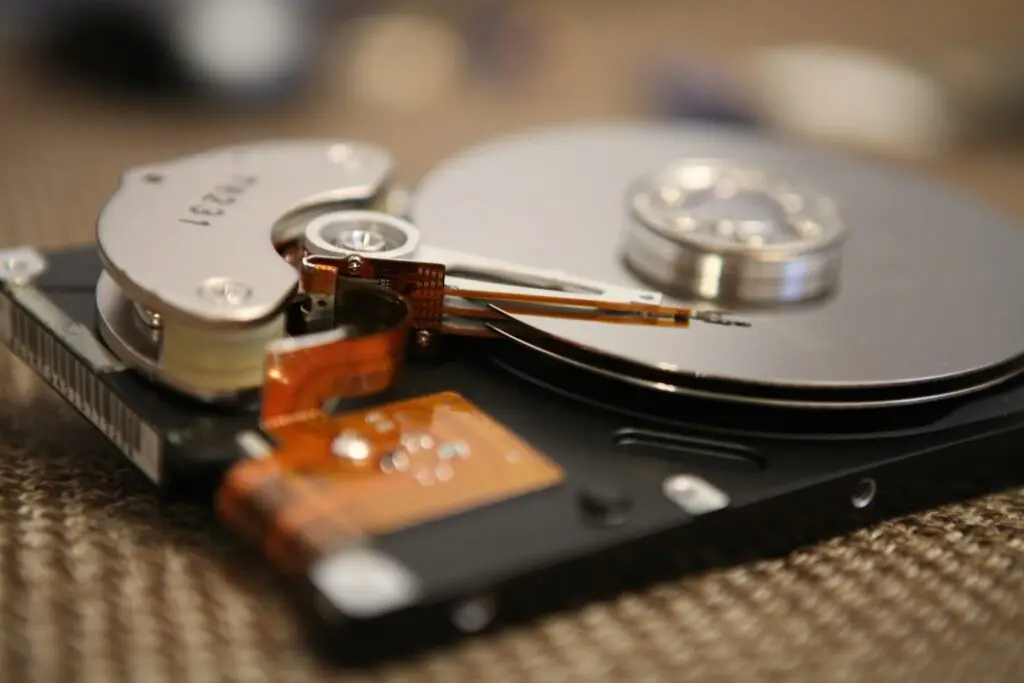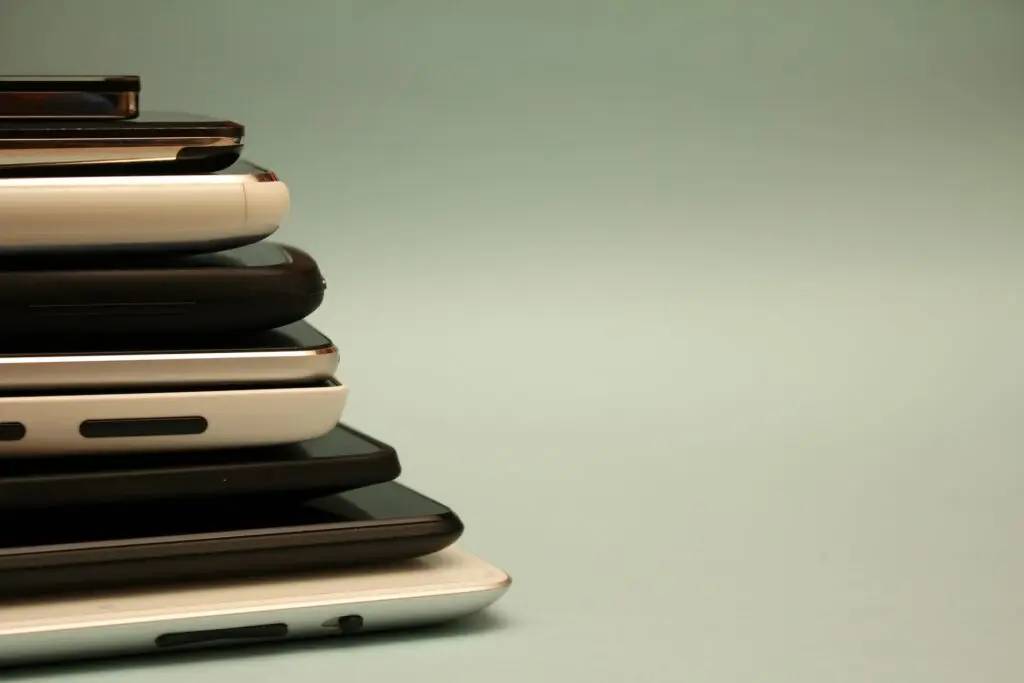Every year, businesses upgrade their computers, printers, and other electronic gadgets. As companies strive to stay current, surplus tech piles up, often left in storage. These outdated devices, if not properly handled, contribute to significant environmental waste. Electronic devices can pose environmental risks if discarded in landfills due to the hazardous substances they often contain.
Understanding the Need for Tech Recycling
As technology evolves, businesses often find themselves with an excess of old electronics—computers, printers, and cell phones—sitting unused. These surplus devices can harm the environment when improperly discarded, leaching toxic chemicals like lead and mercury into soil and water. This pollution poses serious risks to ecosystems and human health.
Businesses can play a major role in mitigating this impact by adopting tech recycling practices. Recycling helps prevent harmful substances from entering landfills and promotes the responsible use of natural resources. By recycling, valuable metals and materials can be recovered and reused, reducing the need to mine new resources.
Transitioning to eco-friendly practices offers clear benefits. Companies demonstrate social responsibility, enhancing their reputation and gaining trust from customers and partners. Moreover, recycling strategies can lead to cost savings through resource recovery and compliance with environmental regulations. As more businesses shift to sustainable practices, they contribute to a cleaner planet and a strong foundation for future growth.
Steps to Prepare Surplus Tech for Recycling
Preparing surplus tech for recycling involves a few important steps. First, it’s crucial to identify and categorize your electronic waste. Make a list of all devices that are no longer in use, such as old laptops, fax machines, and damaged printers. This helps ensure each item is properly handled and recycled.
Another essential step before recycling is data management. It’s important to back up any important information from your devices. Once data is backed up, ensure you securely wipe all sensitive data. This protects against data breaches and keeps confidential business information safe.
Here’s a simple checklist to prepare tech for recycling:
- List all unused electronic devices
- Back up essential data from each device
- Use software to securely delete sensitive data
- Remove and organize any accessories, like cables or chargers
By following these steps, businesses can handle their surplus tech responsibly and prepare it for recycling. Proper preparation ensures that devices are processed efficiently and effectively, aligning with best practices for environmental responsibility.
Options for Recycling Surplus Tech
Once you’ve prepared your surplus tech, it’s time to explore recycling options. Businesses can benefit greatly by partnering with responsible recycling companies. These companies specialize in handling electronic waste properly, ensuring that all components are recycled or disposed of in an environmentally safe manner. They possess the expertise and proper facilities to process a variety of electronic devices, reducing the risk of improper disposal.
Another avenue worth exploring is donation programs. Many organizations seek refurbished electronics to support educational initiatives and community projects. Donating your surplus tech allows devices to gain a second life, which can greatly benefit schools, charities, and low-income families. This approach not only supports the community but reduces waste and promotes sustainable practices.
By leveraging these recycling options, businesses can extend the life of their electronic devices and help protect the environment. Both partnering with recyclers and donating tech increase the positive impact you can make, supporting a cycle of reuse and responsible resource management.
Maximizing Benefits Through Reverse Logistics
Reverse logistics is a powerful tool in enhancing the recycling process. This approach involves managing the return of surplus tech through a streamlined and organized system. By using reverse logistics, businesses can track and manage equipment from disposal back to the recycling point, ensuring a more efficient process.
Through reverse logistics, companies can achieve better recycling results and reduce costs associated with waste management. It also aids in effective resource recovery, retrieving valuable materials from discarded electronics. This can lead to significant environmental benefits, minimizing the need for raw material extraction.
Innovation plays an important role here too. Advanced technologies, like automated sorting systems and improved dismantling techniques, boost recycling efficiency. These innovations not only enhance the speed and quality of recycling but also contribute to safer processing. Integrating these technologies with reverse logistics leads to maximized sustainability efforts and improved resource management, setting a benchmark for responsible e-waste handling.
Conclusion
Recycling surplus tech is not just about getting rid of old devices. It’s about creating a sustainable cycle that benefits your business, the environment, and the community. By understanding the importance of e-waste management, preparing your old electronics correctly, and utilizing effective recycling options, businesses can make a significant positive impact. Incorporating reverse logistics further strengthens these efforts by improving recycling efficiency and resource conservation.
To ensure your business is on the right path to responsible e-waste recycling in Atlanta, consider ReWorx Recycling. With years of experience in safe and effective tech recycling, we offer comprehensive solutions to dispose of your surplus electronics without harming the environment. Contact us to learn how we can help make your recycling efforts more sustainable and efficient!


